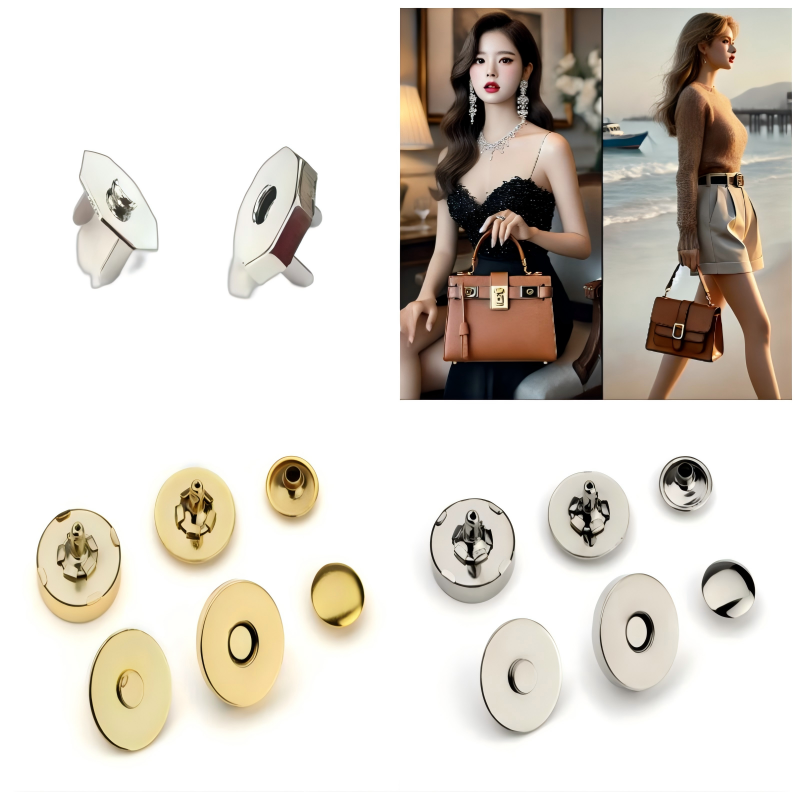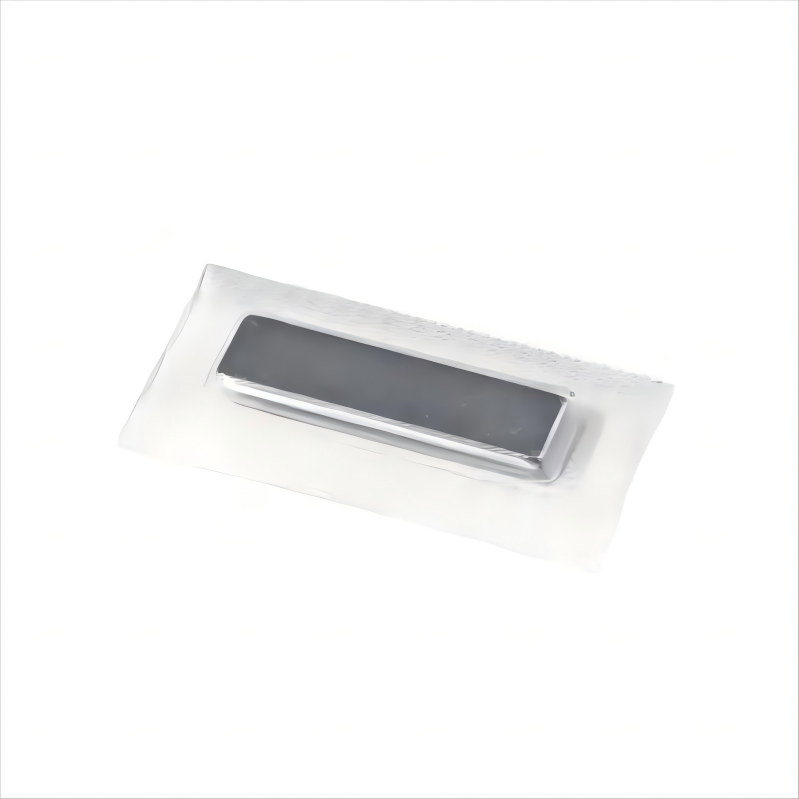Sew-on Magnets and Sewing Magnets
Sew-on Magnets: Versatile Fastening Solutions for a Variety of Applications
Sew-on magnets, also known as sewing magnets or sew-on magnetic fasteners, are an essential component in both fashion and functional design. These unique fastening solutions offer convenience, durability, and a sleek appearance, making them a popular choice across various industries.
What Are Sew-on Magnets?
Sew-on magnets are small, flat magnetic discs encased in a fabric or plastic covering designed to be sewn onto fabric. The magnet itself typically consists of two components: a male and female part that attract each other when brought close together. This simple yet effective mechanism allows for a secure and effortless closure.
Alternative Names
In addition to "sew-on magnets" and "sewing magnets," these fasteners may also be referred to as:
Magnetic Snap Fasteners: Emphasizing their snap functionality.
Magnetic Closure Systems: Highlighting their role in closing items securely.
Magnetic Clasps: Focusing on their clasp-like operation.
Magnetic Tabs: Describing their use as tabs in various designs.
Primary Uses of Sew-on Magnets
Sew-on magnets are utilized in a range of applications due to their versatile nature:
Fashion Industry: Sew-on magnets are commonly used in clothing, bags, and accessories. They provide a clean and unobtrusive fastening solution for items like coats, dresses, handbags, and wallets. Their smooth appearance eliminates the need for bulky buttons or zippers, offering a sleek finish to garments and accessories.
Home Décor: These magnets are often incorporated into home décor items such as cushions, curtains, and decorative panels. They provide an easy-to-use closure for items that need to be opened or closed frequently, like removable cushion covers or curtain tiebacks.
Crafts and DIY Projects: In the world of crafting, sew-on magnets are used in a variety of projects, including personalized gifts, fabric-covered notebooks, and custom organizers. They add functionality and ease of use to handmade creations.
Medical and Industrial Applications: Sew-on magnets find their place in medical devices and industrial equipment, where they are used for closures and secure fastening. For example, they might be used in medical pouches or cases where a reliable and easy-to-use closure is essential.
Why Choose Sew-on Magnets?
Several factors make sew-on magnets an attractive choice for various applications:
Ease of Use: Unlike traditional fasteners that may require alignment or additional tools, sew-on magnets provide a straightforward solution. Their magnetic attraction ensures that closures are secure with minimal effort, making them ideal for users who prioritize convenience.
Durability: Sew-on magnets are built to withstand frequent use and wear. Their robust design ensures long-lasting performance, even in high-traffic areas or applications where durability is crucial.
Aesthetics: The sleek and minimal design of sew-on magnets ensures that they do not detract from the overall appearance of the item. They provide a clean and modern look, making them a favored choice for high-end fashion and custom designs.
Flexibility: Available in various sizes and strengths, sew-on magnets can be tailored to fit specific needs. Whether a subtle closure is required for a delicate garment or a stronger magnet is needed for heavy-duty use, there is a sew-on magnet to meet the requirement.
Maintenance: Sew-on magnets are generally easy to maintain. They can be cleaned with a damp cloth and do not require special care or attention, which contributes to their practicality.
Sew-on magnets are a versatile and practical solution for a range of fastening needs. Whether used in fashion, home décor, crafts, or industrial applications, their ease of use, durability, and aesthetic appeal make them a valuable addition to any design. By offering a simple yet effective closure system, sew-on magnets enhance both the functionality and style of the products they are incorporated into. Their ability to provide secure closures without compromising on appearance underscores their importance in modern design and manufacturing.






